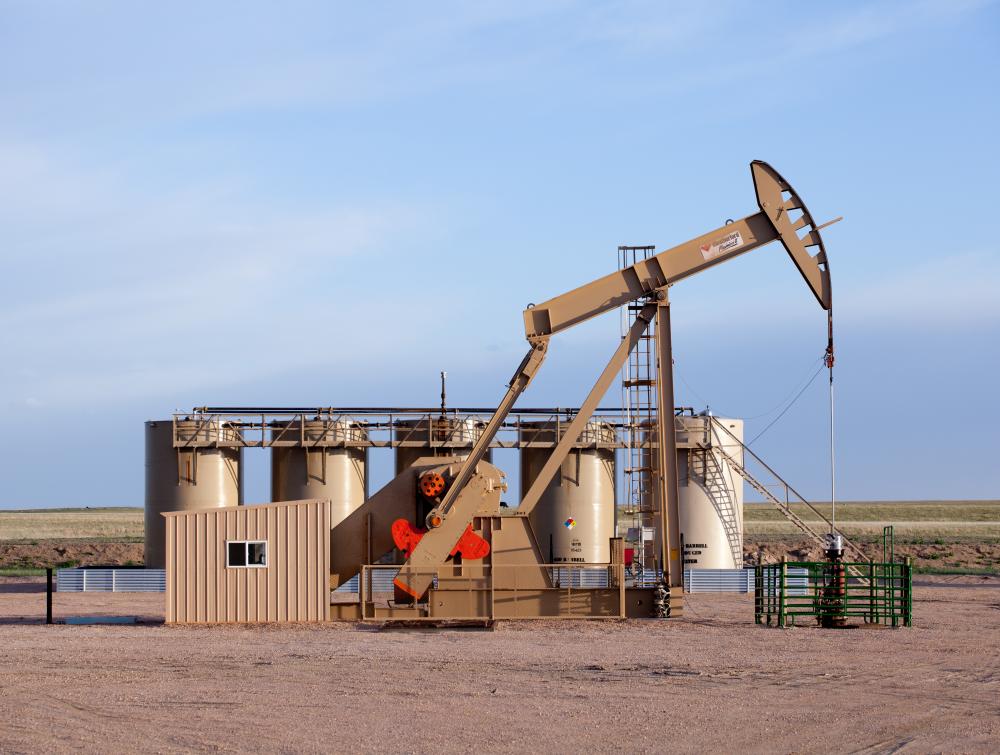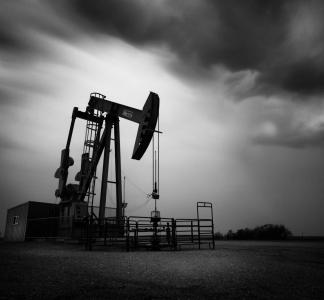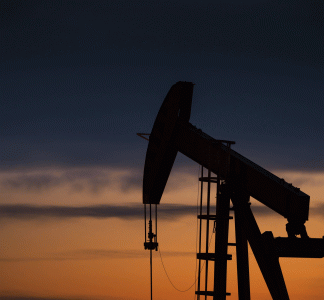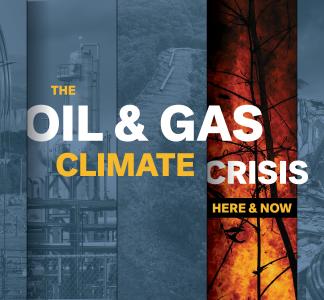The truth about fracking and the environment

Oil drilling
Jon Mullen
Fracking has caused a bonanza of new drilling, and with it comes more threats to sensitive lands.
Hydraulic fracturing, or “fracking,” is revolutionizing oil and gas drilling across the country. However, without rigorous safety regulations, it can poison groundwater, pollute surface water, impair wild landscapes, and threaten wildlife.
Fracking is done by drilling deep into the earth, then using small explosions and a mix of water, sand, and chemicals to break up shale rock formations that contain natural gas and oil.
Why is fracking dangerous for the environment and people?
Unfortunately, this process can go wrong, and if the oil or gas wells are not built sturdily enough, they can leak and contaminate groundwater. “Flowback” water can contaminate streams and water supplies. The rush into fracking has not kept pace with important environmental safeguards. For example, toxic fracking fluids, including known cancer-causing chemicals like benzene and toluene, are exempt from federal regulation under the Safe Drinking Water Act. And the federal government doesn’t require that companies disclose what is in the fracking fluid – letting millions of gallons of toxic fluid into the ground on each drilling site without anyone but the drilling companies knowing what is in it.
How fracking damages wildlands
Hydraulic fracturing operations are already industrializing wild and rural landscapes, and putting agricultural and recreational economies at risk. Without rigorous safeguards, fracking could lead to poisoned water and blighted landscapes. Fracking also uses a lot of water. Each and every well requires millions of gallons of water – In arid places like the West, this could mean less water for fish and wildlife.



